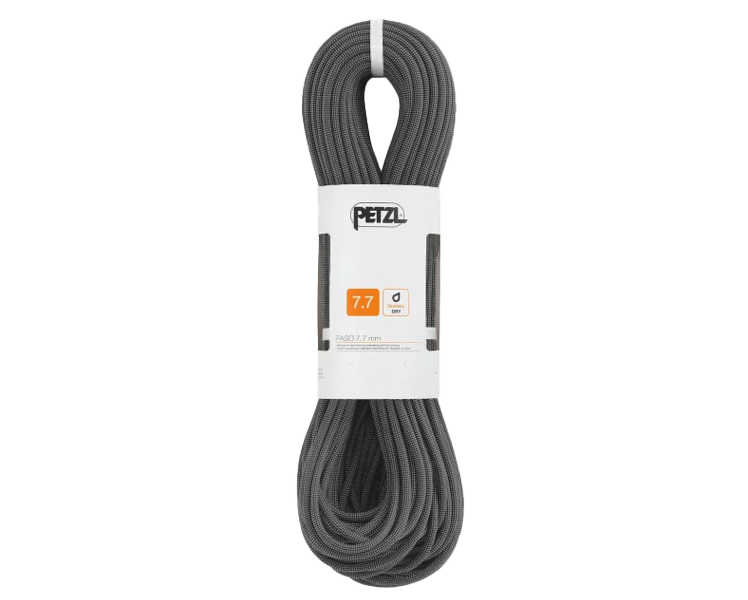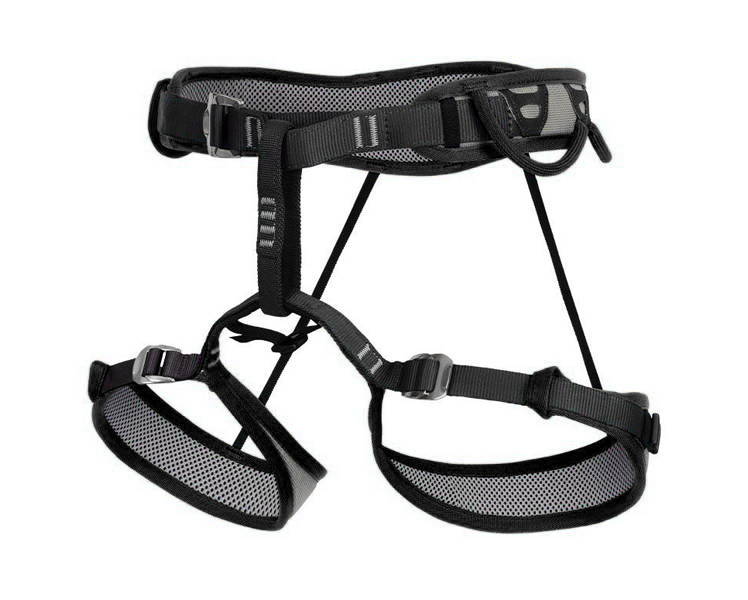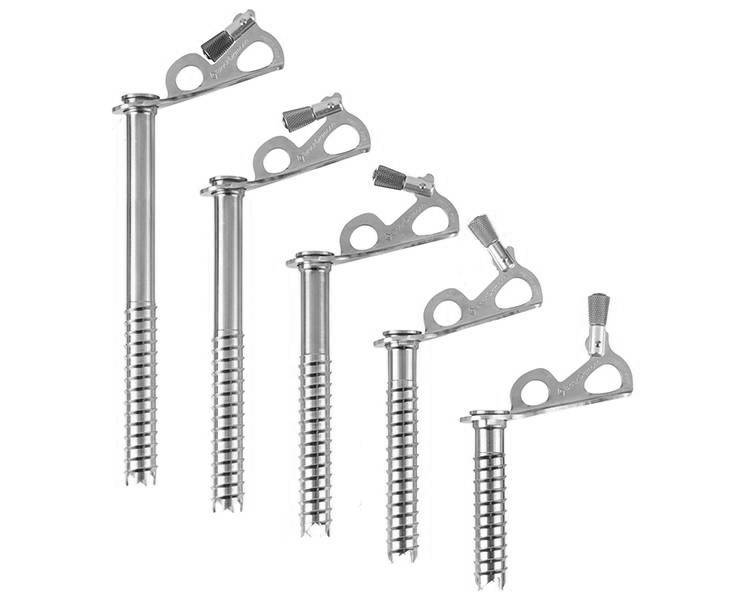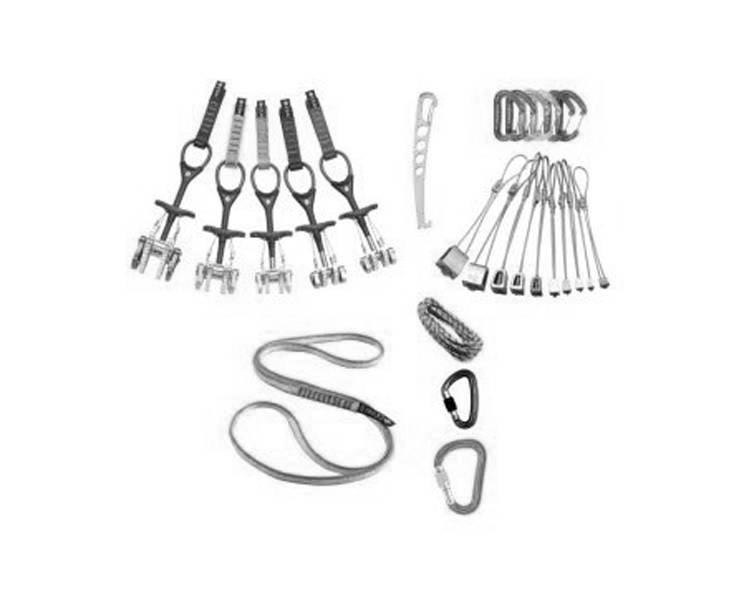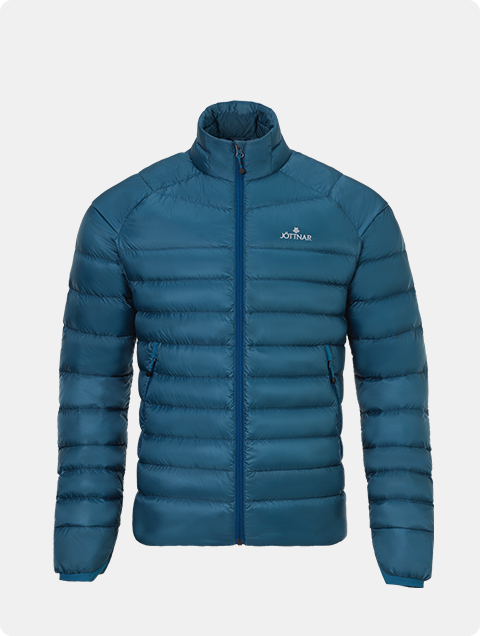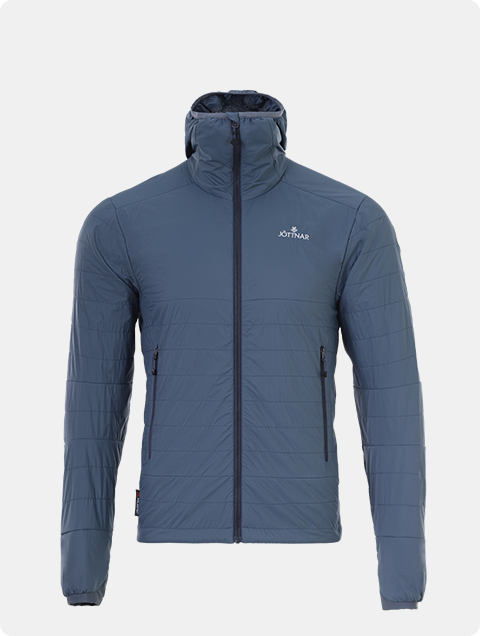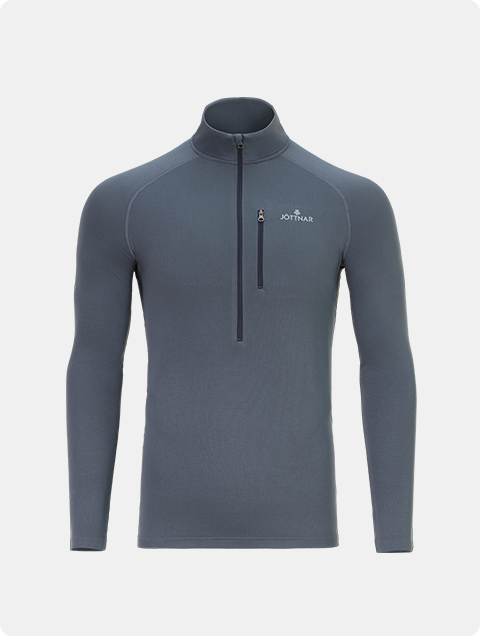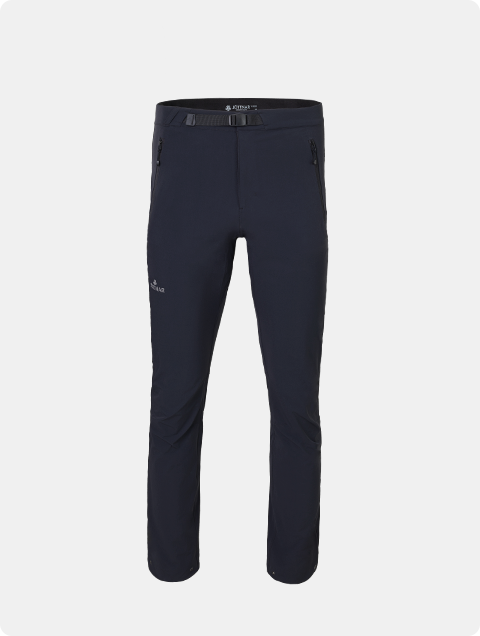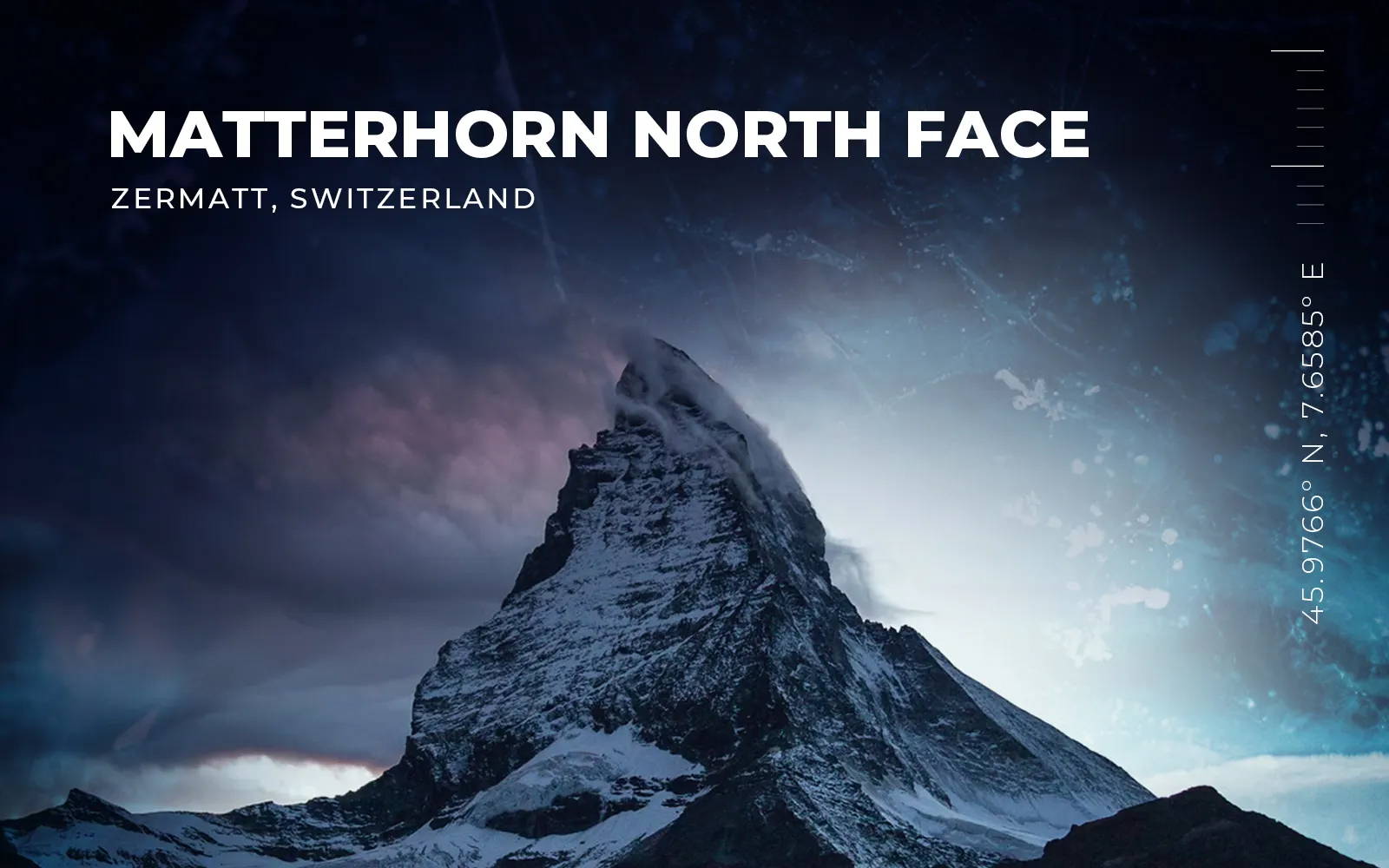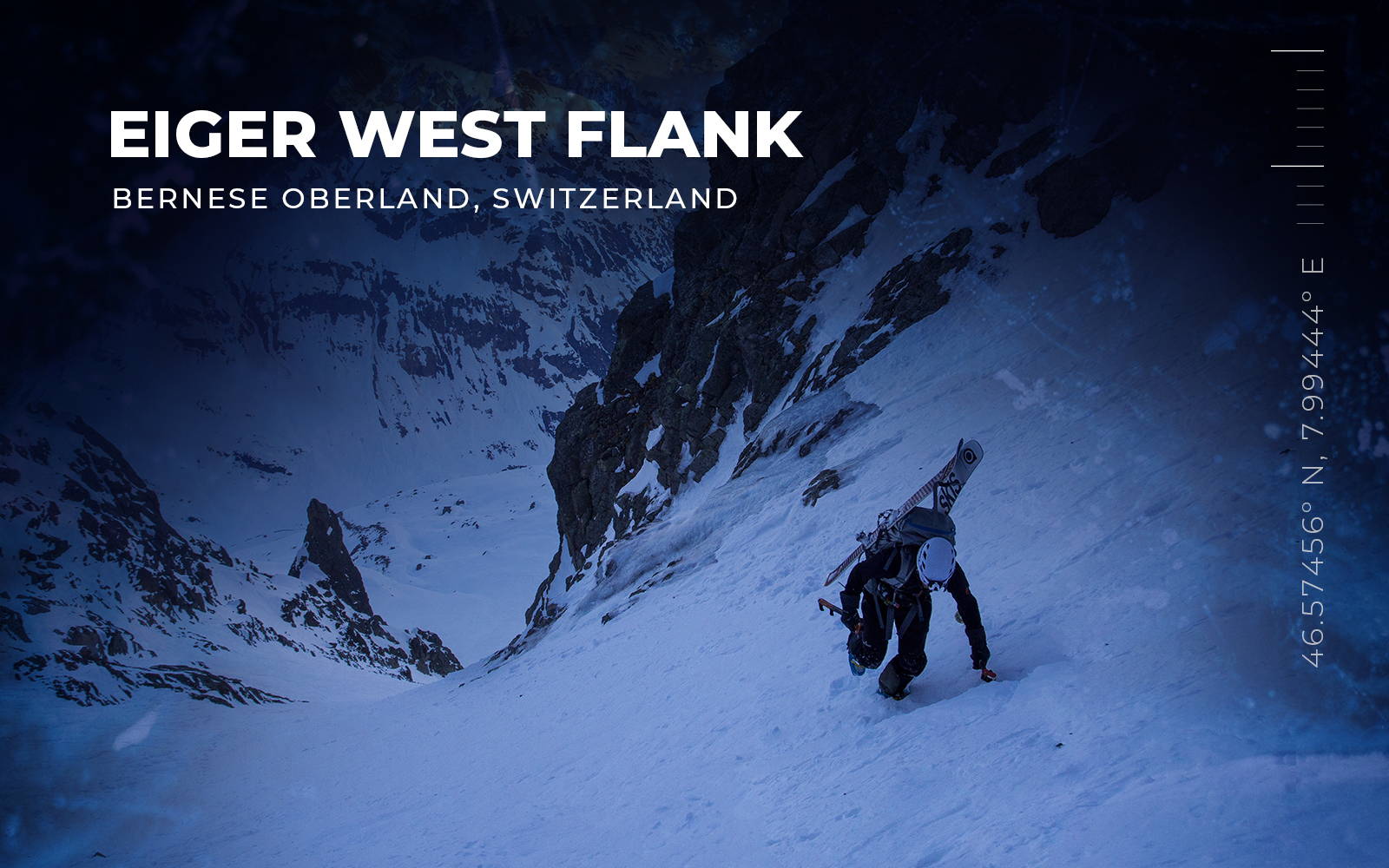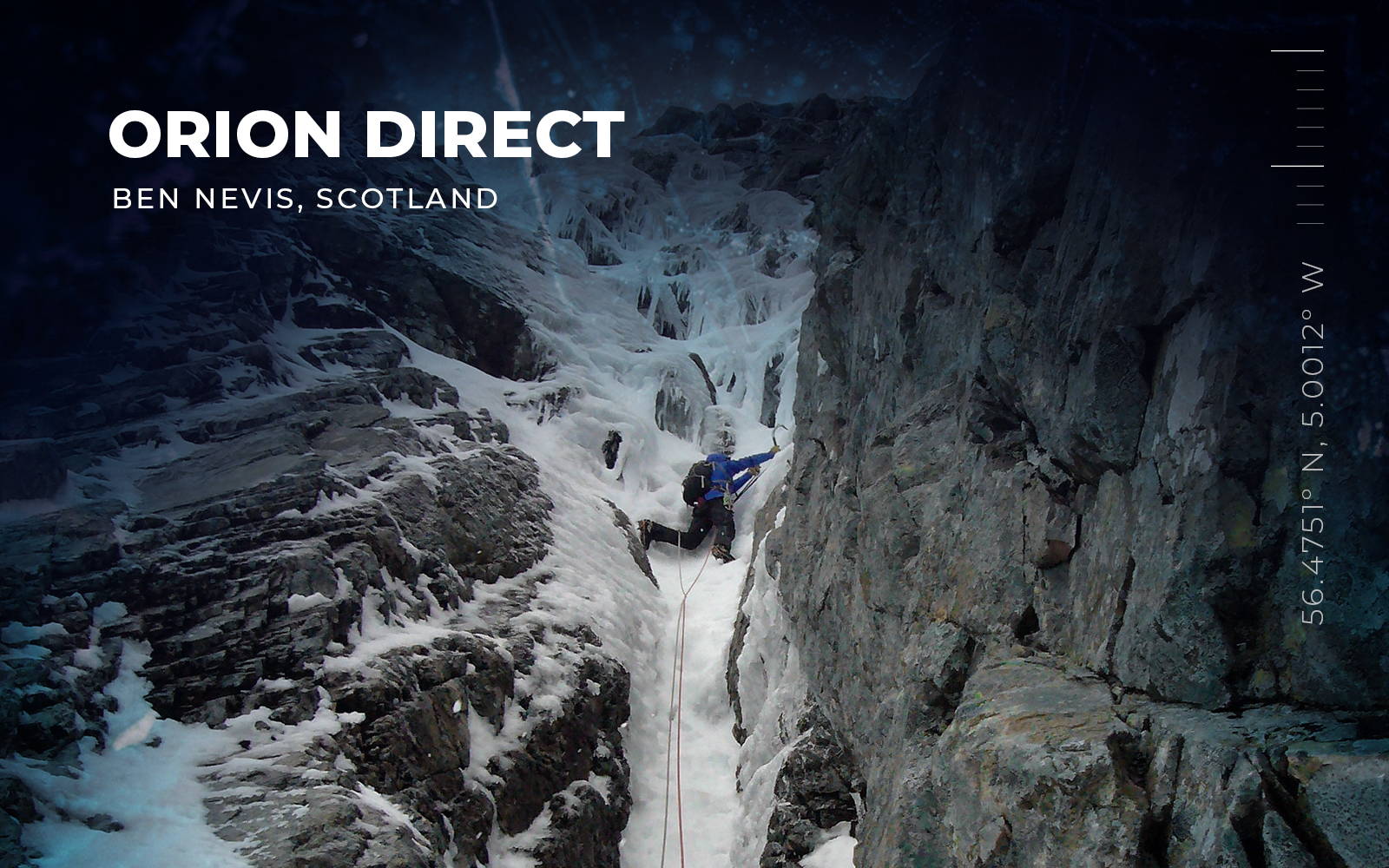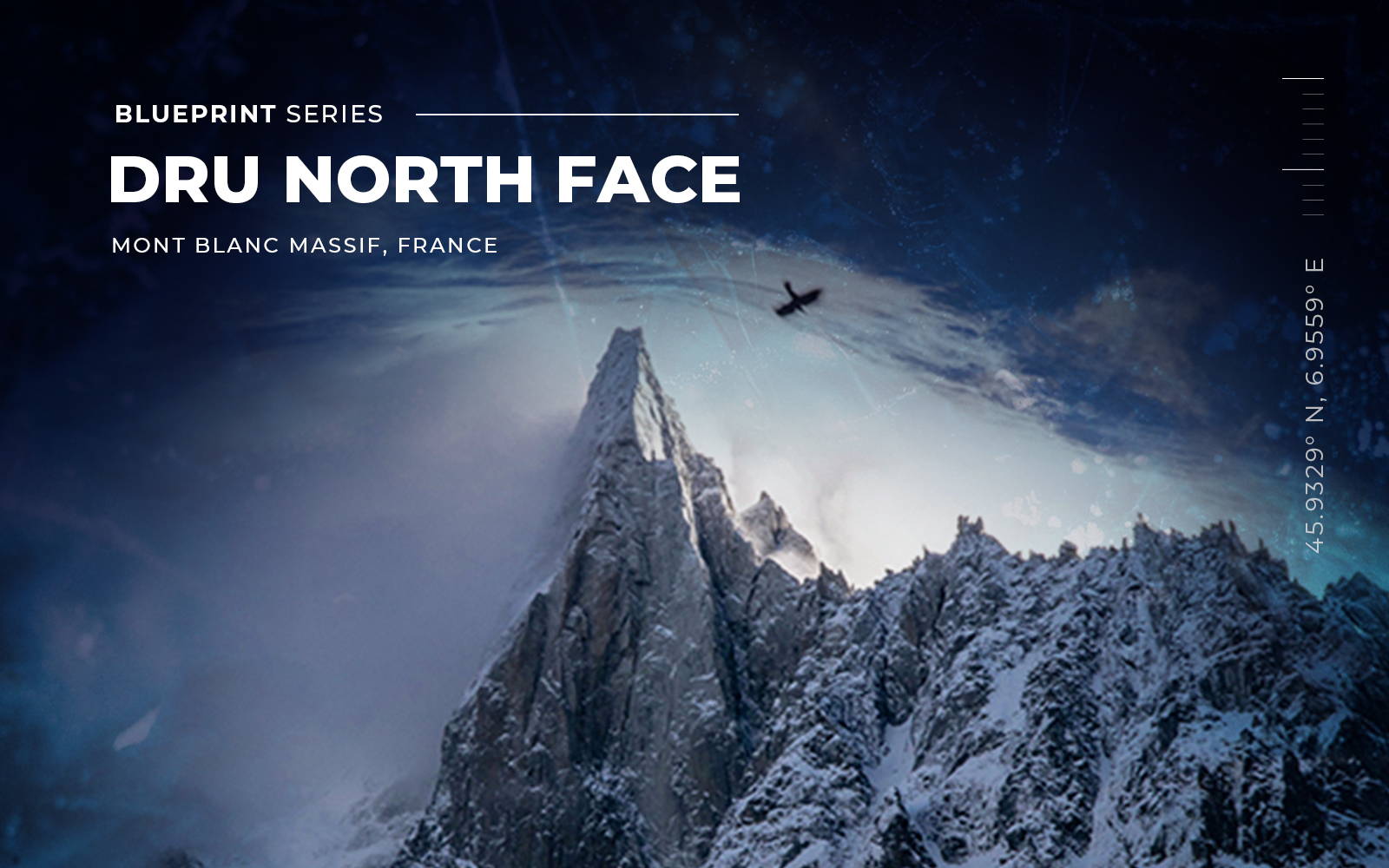

Location
French Alps

Season
Year round

Summit Height
Resembling an improbably sharp rock needle when viewed from the west, the silhouette of the Aiguille du Dru is the poster - and postcard - child of the Mont Blanc massif. Overlooking the mountain town of Chamonix, its steep weather-beaten flanks and glacial terrain make it a formidable objective.
Its north face was first climbed in 1935 by Pierre Allain and Raymond Leininger, and is now considered one of the six ‘great north faces’ of the Alps.
Tim Howell of the Jöttnar Pro Team gives an insight into this highly coveted north face route.
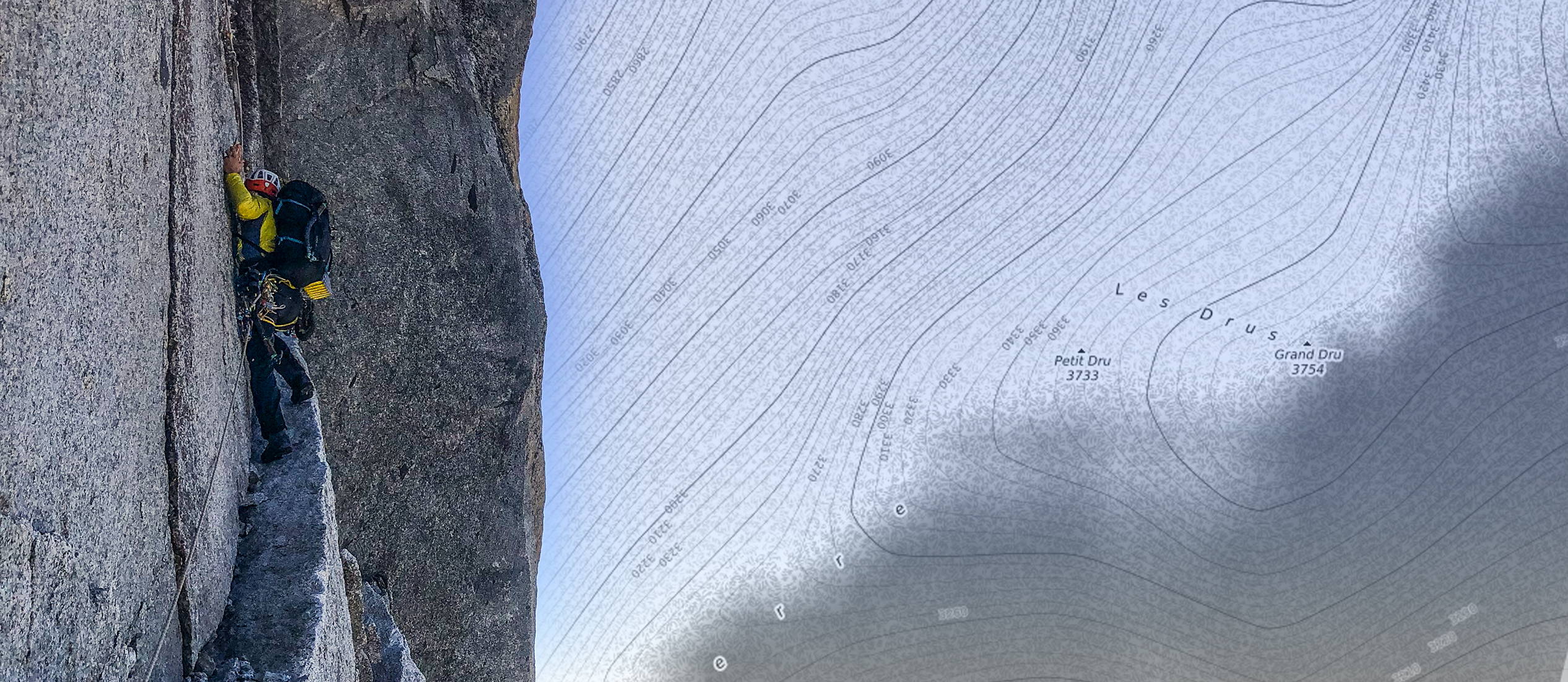
Since the Dru’s first ascent, access via the Mer de Glace has become more arduous and time consuming, complicated by the receding glacier and rock fall. Access from the Grand Montets is another option but would involve potentially tortuous navigation of seracs and crevasses. It’s interesting to see this route described in 1980s guidebooks, noting the approach to be a two-hour hike from the Montenvers train station. It’s more like four or five hours now.
Underneath the north face lies an island of rock that hosts some amazing bivvy spots, all perfectly located for an early alpine start. There are also options for sourcing fresh water here, allowing you to cross the start line fully topped up.
"The climbing feels endless as it weaves its way through an impossible-seeming amount of granite."
TIM HOWELL
JÖTTNAR PRO TEAM | BASE JUMPER | SKIER | CLIMBER
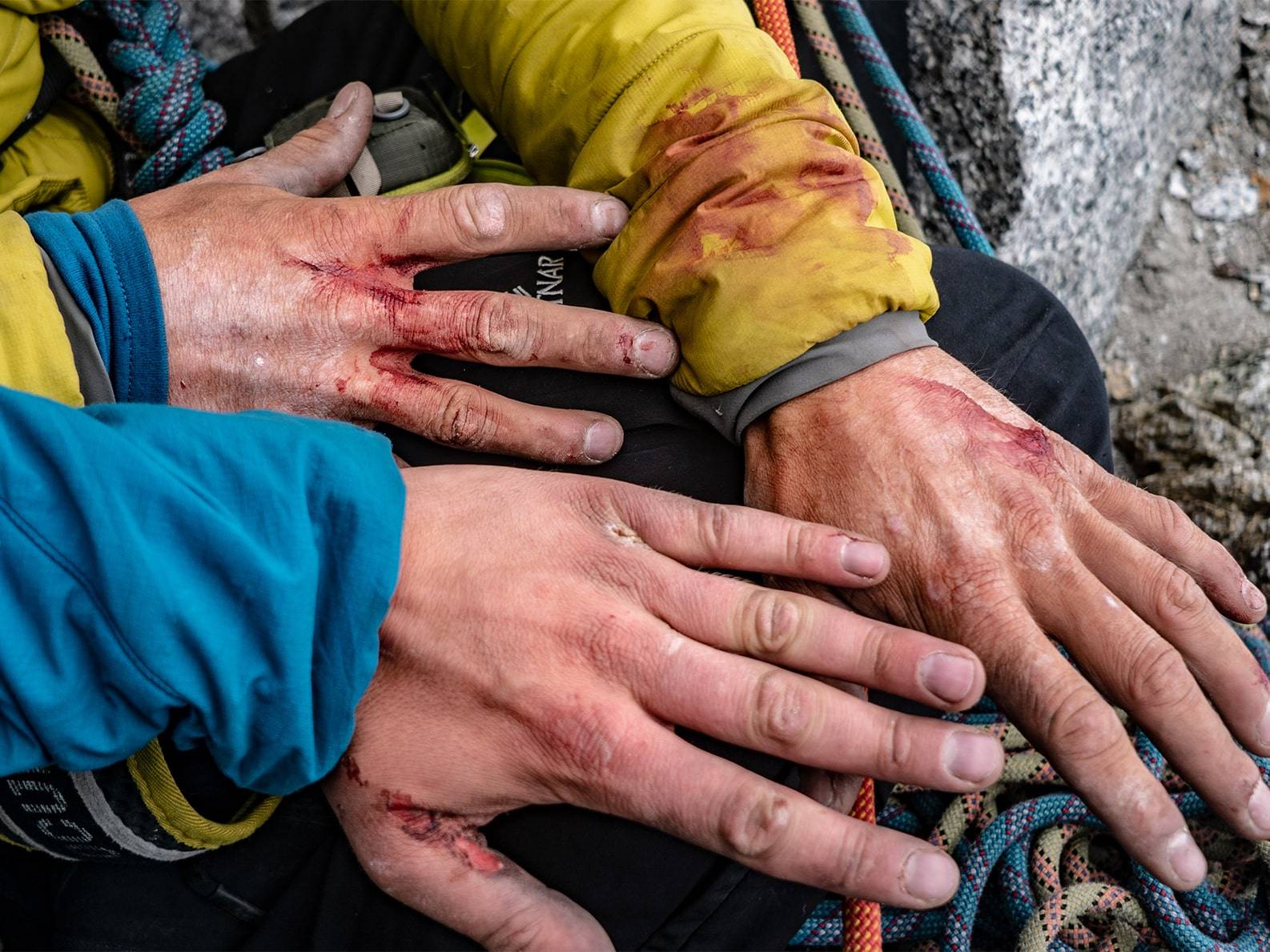
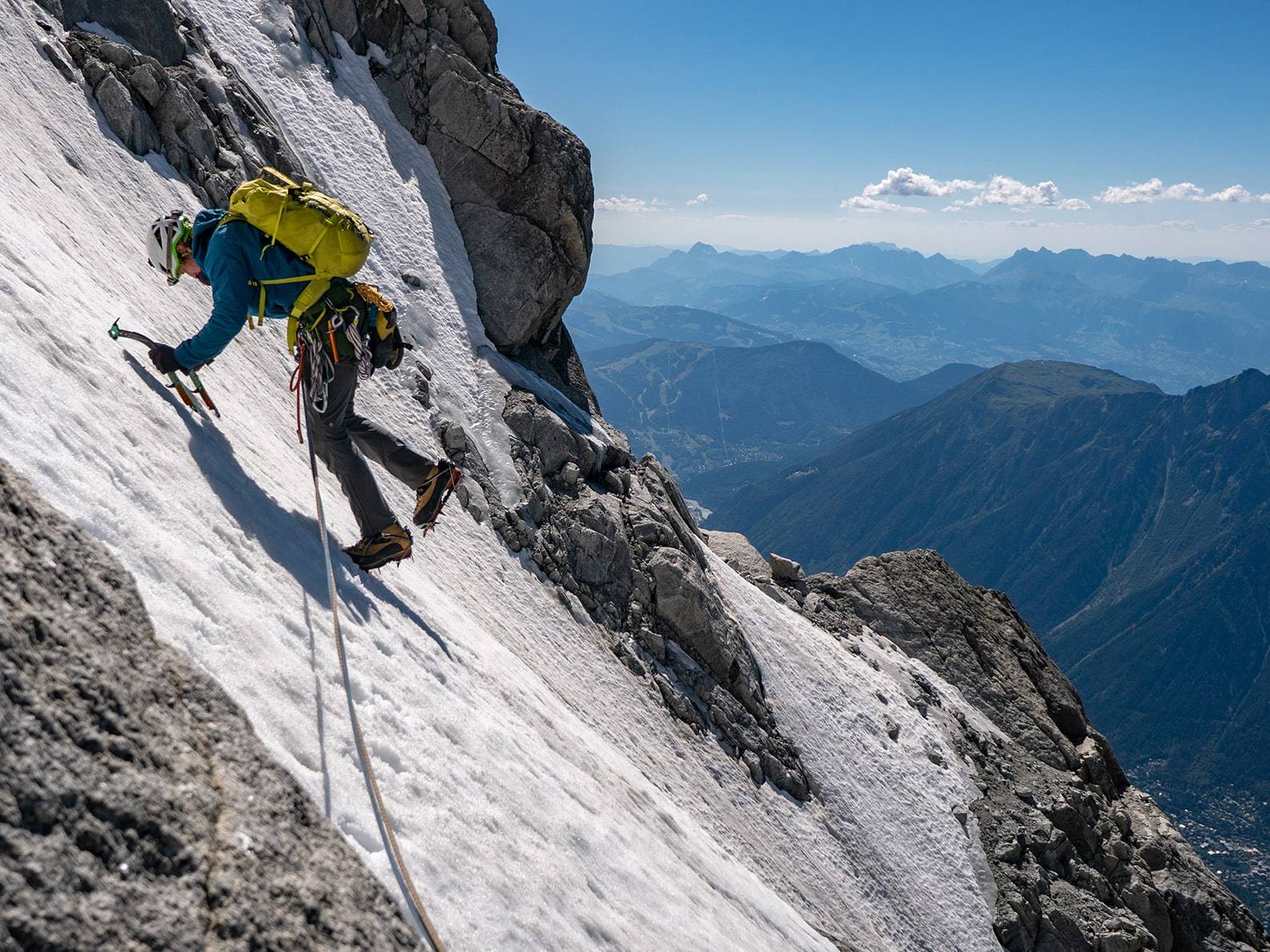
The route begins in a dihedral and could be confused with another one slightly further up which is laced with tat. It’s an easy mistake that many parties have made. Our first attempt to climb it was thwarted by falling rock which severely damaged one of our ropes. For this reason, the route should be avoided in the very driest of conditions.
Once established, the climbing feels endless as it weaves its way through an impossible-seeming amount of granite. Several pitches are real stand-outs from a quality and aesthetics perspective. The most enjoyable is an Alex Honnold-style ledge traverse leading into a steep but sturdy crack. Most of the chimney pitches are iced up, thus layering difficulty on already awkward passages. We removed and hauled our packs for at least two such pitches.
In Lockdown - Tim in his bivvy spot, sheltering from the hail
Route finding is generally straight forward, although a few dead-ends can catch you off guard. An early (albeit most amazing) bivvy spot is situated on the west ridge of the mountain looking straight down onto the American Direct route. Due to an approaching storm we decided to pause at this spot, zipping up our bivvy bags for the night. The next morning, a few pitches above, I was led astray by yet more tat. What seemed an inviting belay stance 20m above an easy pitch ultimately led nowhere, when in fact there were a few partially obscured bolts to help aid across to the left from our original position.
After 20 pitches of climbing in the shadows, the warmth of the southern side was highly welcomed. Crawling through the quartz hole and into the sunshine is literally the door to the other side. It feels like the end is nearly within reach, but the mountain still has a lot more in store. We noticed a bolt and a possible route continuing upwards as we exited the quartz door, but decided to follow the guidebook description and traverse. We traversed further than expected, passing numerous good bivvy options, before climbing a few awkward pitches and a final chimney before being greeted by Madonna herself.
The summit is suitable for a bivvy, but bronze statues and lightning storms don’t go well together. We hastily extracted from the summit.
I would recommend abseiling the south side down to the Charpoua glacier. This does involve some more effort though. First climb a few more enjoyable pitches to gain the Grand Dru. Then follow the red marks to the first abseil point. Standing in the col between the Petit and Grand Dru, and looking down the North Couloir, it seems an obvious option when faced with another three pitches of climbing. But it’s not worth it. The abseil is complicated, involving ice threads and danger of falling rocks. Although not actually part of the Pierre Allain route, I really enjoyed these next pitches, and you get another summit ticked off.
"It feels like the end is nearly within reach, but the mountain still has a lot more in store."
We soon lost the bolted abseil points. The mountain is littered in tat and the south face is no exception. This gives you plenty of locations to abseil from even if you do waiver from the bolted rap anchors, as we did. After an agonising amount of abseils you’ll finally be on the Charpoua glacier. It’s highly crevassed and hard to navigate but as you abseil down take note of the route, which may already be trodden in from other teams.
Take a break at the Charpoua refuge before the long hike down to the Mer de Glace, either opting for the ladders or an abseil descent.
Expect an absorbing experience, and one which will fully test your skill, fitness, decision making and mental fortitude.
Specialist Equipment

Route Length
850 m

Average Time
1-2 Days
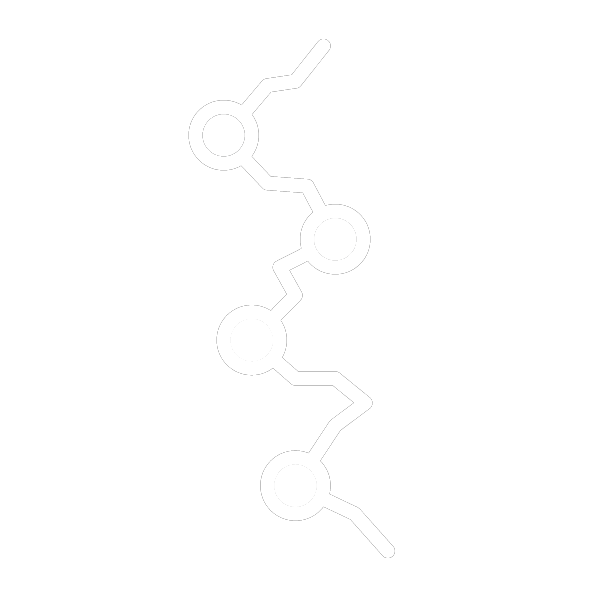
Grade
TD

